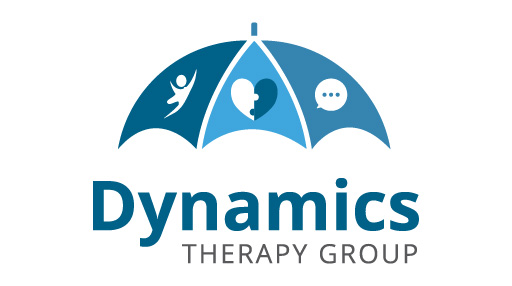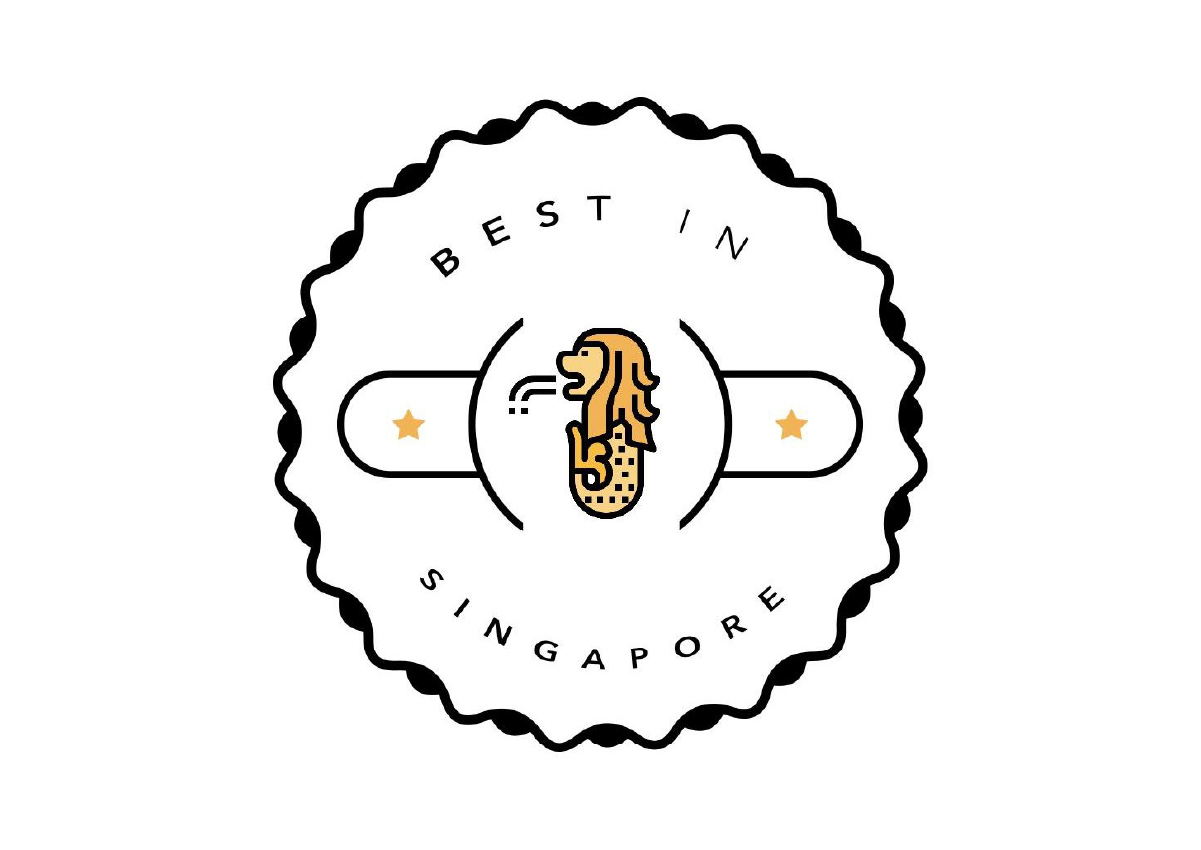
Speech and language therapy (SLT) is a vital healthcare service that plays a crucial role in identifying, diagnosing, and treating speech, language, communication, and swallowing disorders in individuals across all ages. In Singapore, SLT has come a long way in terms of its development, recognition, and accessibility. This blog post will provide an overview of the profession’s beginnings and its current state in the country up to 2020.
Early Beginnings
The seeds of SLT in Singapore were sown in the late 1960s and early 1970s when the Ministry of Health recognized the need for speech therapy services. Initially, these services were offered by overseas therapists who visited Singapore periodically. As the demand for SLT services grew, Singapore began sending professionals abroad to acquire the necessary qualifications, mainly to the United Kingdom and Australia.
The profession saw further growth in the 1980s with the establishment of the Singapore Association for the Deaf (SADeaf), which played a pivotal role in the development of SLT services in the country. Around the same time, the Singapore Association of Speech and Language Therapists (SALTS) was founded to support the growing number of therapists in the country.
Gaining Recognition and Building Capacity
The 1990s and early 2000s witnessed significant advancements in the field of SLT in Singapore
In 2004, when Dynamics Therapy Group was established, Singapore had fewer than 100 Speech and Language Therapists. This scarcity of professionals generated a strong demand for services, prompting Dynamics to launch their Speech Therapy practice in 2005.
To further boost the profession’s growth, the Ministry of Health established the Allied Health Professions Council (AHPC) in 2012, providing a regulatory framework for SLTs and other allied health professionals. With the introduction of the AHPC, SLTs in Singapore had to be registered and meet the stipulated requirements to practice in the country.
The State of SLT in Singapore as of 2023
By 2023, the SLT profession in Singapore had made significant strides. The number of qualified SLTs had increased, and the profession was more widely recognized. The National University of Singapore started a Master’s program in Speech and Language Pathology, reflecting the rising standards of education and the need for advanced clinical skills. More recently in 2020, the Singapore Institute of Technology (SIT) started an undergraduate degree in Speech and Language Therapy.
According to the Allied Health Professions Council (AHPC)’s Annual Report 2020, there were 727 registered Speech-Language Therapists (SLTs) as of 31 December 2020, including our own Dynamics Speech team.
SLT services were more accessible than ever, with therapists working in various settings, including hospitals, schools, special education institutions, and private practices. In addition to this, the scope of practice had expanded to cater to various populations, such as individuals speech and language delays or with autism, stroke survivors, people with voice disorders, and those with dysphagia or feeding challenges. The Dynamics Therapy Group also introduced its feeding clinic.
The role of technology in SLT had also advanced, with therapists incorporating various tools and applications into their practice. Telepractice, for instance, gained popularity as a way of providing services remotely to those with limited access to in-person therapy, especially during the COVID-19 pandemic restrictions.
Conclusion
From its humble beginnings in the late 20th century to its current state in 2023, SLT in Singapore has undergone remarkable growth and transformation. The profession’s progress reflects Singapore’s commitment to improving the lives of individuals with speech, language, communication, and swallowing disorders. With continued support from the government, educational institutions, and professional organizations, the future of SLT in Singapore looks bright and promising.




